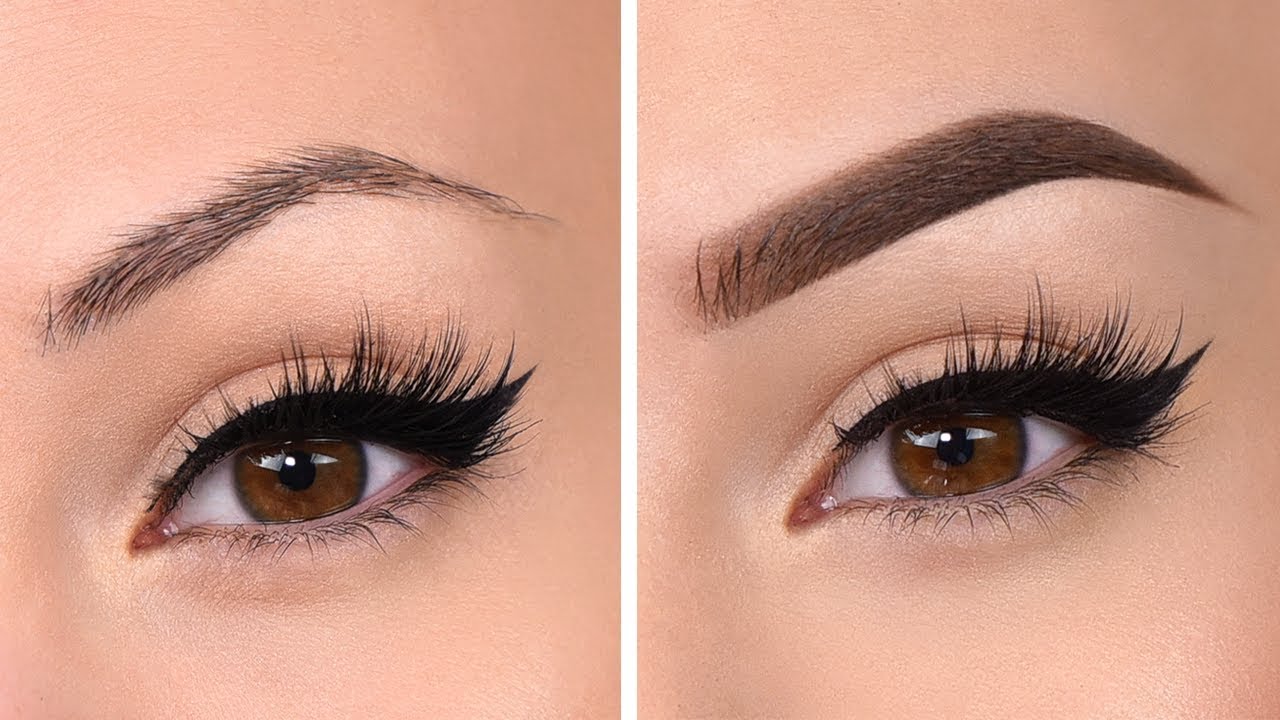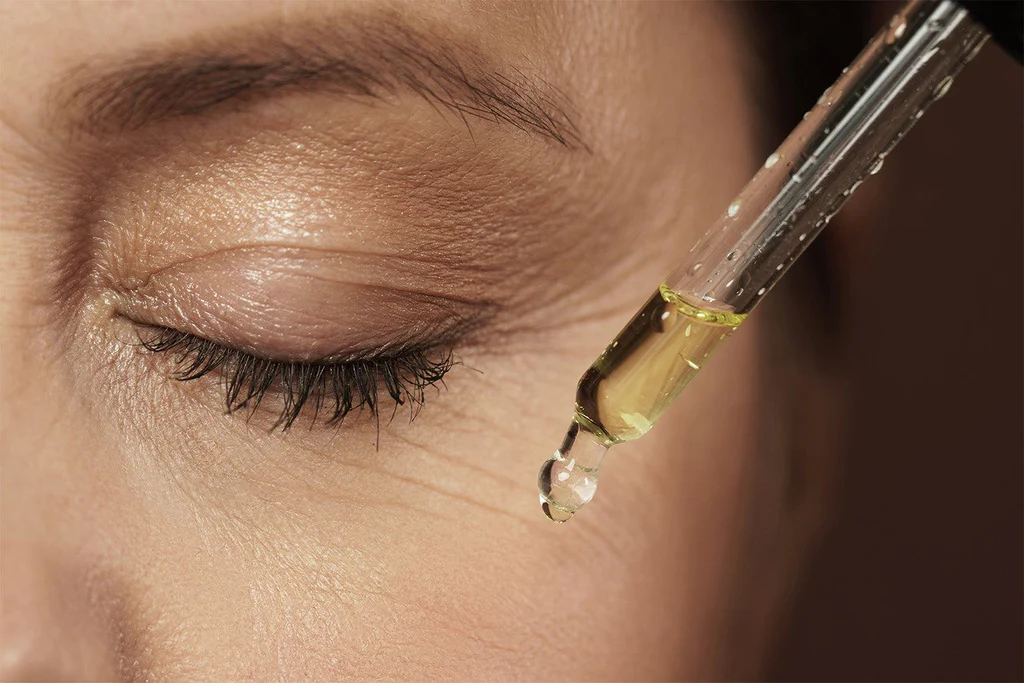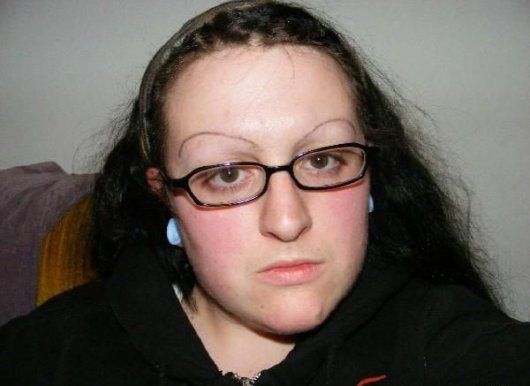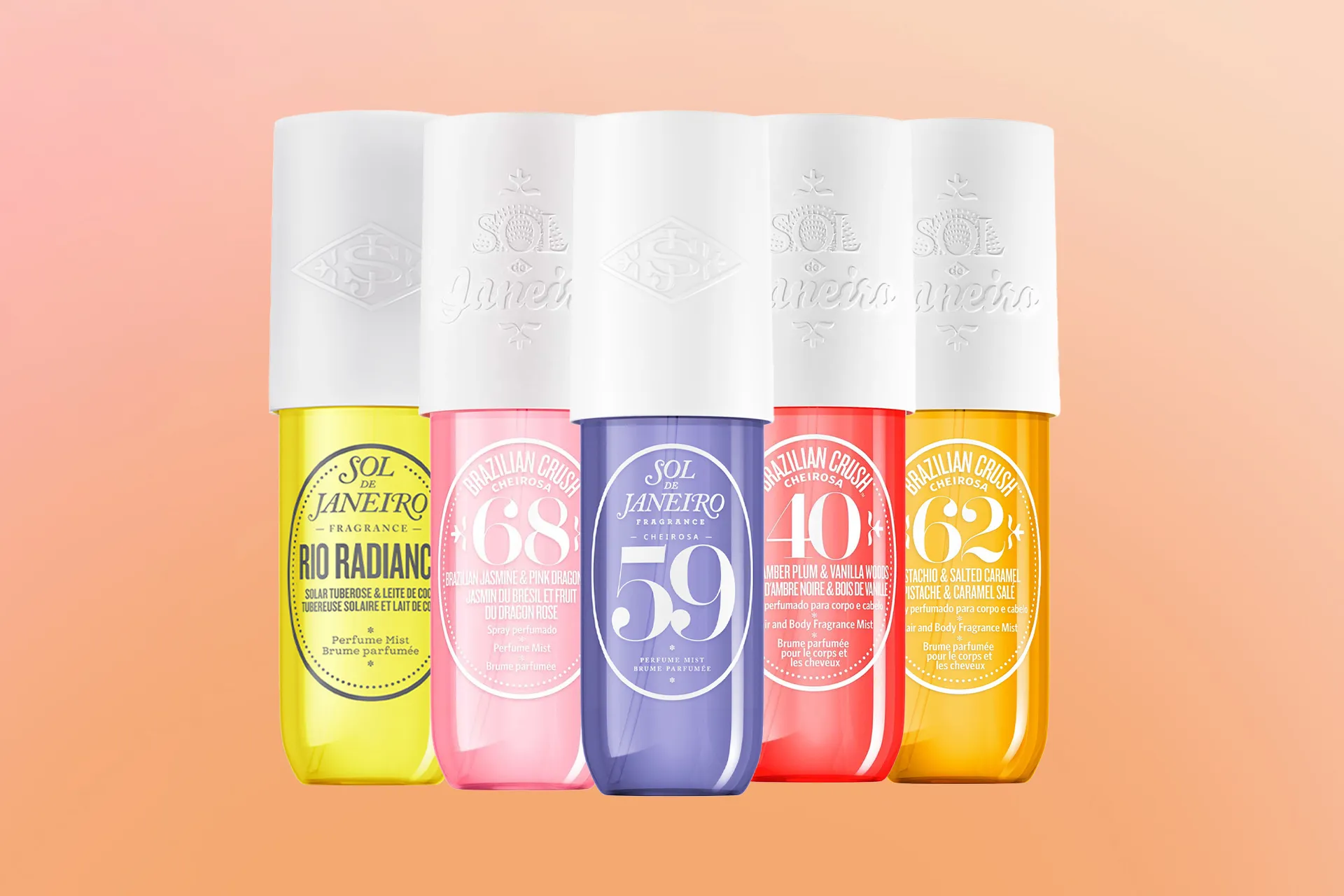If you have sensitive eyes, you know how hard it can be to find eyeshadow that doesn’t irritate your delicate skin or cause watery, itchy, or red eyes. Many eyeshadows contain harsh chemicals, synthetic fragrances, or preservatives that can trigger allergic reactions or inflammation. But don’t worry, you don’t have to give up on wearing eyeshadow altogether. There are plenty of options out there that are gentle, natural, and suitable for sensitive eyes. In this guide, we will help you choose the best eyeshadow for your eye type, as well as share some tips and tricks on how to apply it safely and effectively.
What Causes Eye Sensitivity?
Eye sensitivity can be caused by various factors, such as genetics, environmental factors, contact lenses, eye infections, or underlying medical conditions. Some of the common symptoms of eye sensitivity include:
- Burning, stinging, or itching sensations
- Dryness, redness, or swelling
- Excessive tearing or discharge
- Blurred vision or sensitivity to light
- Eye fatigue or headache
Some of the common triggers of eye sensitivity include:
- Allergens, such as pollen, dust, mold, or pet dander
- Pollutants, such as smoke, smog, or chemicals
- Makeup, especially eye makeup, such as mascara, eyeliner, or eyeshadow
- Makeup remover, especially if it contains alcohol, oil, or fragrance
- Eye drops, especially if they contain preservatives or additives
What to Look for in Eyeshadow for Sensitive Eyes?
When shopping for eyeshadow for sensitive eyes, you should look for products that are:
- Hypoallergenic, meaning they are less likely to cause allergic reactions
- Ophthalmologist-tested, meaning they are tested by eye doctors for safety and efficacy
- Fragrance-free, meaning they do not contain artificial or natural scents that can irritate the eyes
- Paraben-free, meaning they do not contain preservatives that can disrupt the hormonal balance and cause inflammation
- Talc-free, meaning they do not contain a mineral that can dry out the skin and clog the pores
- Mineral-based, meaning they contain natural ingredients that are gentle and nourishing for the skin
- Cream-based, meaning they have a smooth and creamy texture that does not flake or fall into the eyes
Some of the best eyeshadow brands for sensitive eyes include:
- BareMinerals, which offers mineral-based eyeshadows in various shades and finishes
- Physicians Formula, which offers hypoallergenic and ophthalmologist-tested eyeshadows in shimmer and matte formulas
- La Roche-Posay, which offers dermatologist-tested and fragrance-free eyeshadows that are suitable for contact lens wearers
- Julep, which offers vegan and cruelty-free eyeshadow sticks that are easy to apply and blend
- PYT Beauty, which offers clean and affordable eyeshadow palettes that are free of parabens, talc, and synthetic fragrances
How to Apply Eyeshadow for Sensitive Eyes?
Before applying eyeshadow, you should always:
- Wash your hands with soap and water to avoid transferring bacteria or dirt to your eyes
- Clean your eyelids with a gentle cleanser or micellar water to remove any oil, dirt, or makeup residue
- Apply an eye cream or moisturizer to hydrate and protect your eye area
- Apply an eyeshadow primer to create a smooth and even base for your eyeshadow and prevent creasing or fading
When applying eyeshadow, you should:
- Use clean and soft brushes or applicators to avoid scratching or irritating your eyelids
- Tap off any excess powder from your brush or applicator to avoid fallout or dusting into your eyes
- Start with a light or neutral shade and apply it all over your lid as a base color
- Choose a darker or contrasting shade and apply it on the outer corner or crease of your eye to create depth and dimension
- Choose a shimmery or metallic shade and apply it on the center or inner corner of your eye to add some sparkle and highlight
- Blend the edges of your eyeshadow with a clean and fluffy brush to create a seamless and smooth transition
- Apply a thin line of eyeliner along your upper lash line to define your eyes and make them pop
- Apply a coat of mascara to your upper and lower lashes to add volume and length
When removing eyeshadow, you should:
- Use a gentle and oil-free makeup remover that is specially formulated for the eyes
- Soak a cotton pad or ball with the makeup remover and gently press it on your eyelid for a few seconds to dissolve the eyeshadow
- Swipe the cotton pad or ball from the inner to the outer corner of your eye, following the natural curve of your eye
- Repeat until all the eyeshadow is removed and your eye area is clean
- Rinse your eye area with lukewarm water to remove any residue or makeup remover
- Pat your eye area dry with a soft towel or tissue
- Apply an eye cream or moisturizer to soothe and nourish your eye area
FAQs
Q: Can I use eyeshadow if I have sensitive eyes?
A: Yes, you can use eyeshadow if you have sensitive eyes, as long as you choose products that are hypoallergenic, ophthalmologist-tested, fragrance-free, paraben-free, talc-free, mineral-based, and cream-based. You should also avoid products that contain synthetic colors, sulfates, alcohol, essential oils, or formaldehyde.
Q: How can I prevent eyeshadow from irritating my eyes?
A: You can prevent eyeshadow from irritating your eyes by following these tips:
- Wash your hands before applying or removing eyeshadow
- Clean your eyelids before applying eyeshadow
- Apply an eyeshadow primer before applying eyeshadow
- Use clean and soft brushes or applicators to apply eyeshadow
- Tap off any excess powder from your brush or applicator before applying eyeshadow
- Blend your eyeshadow well to avoid harsh lines or edges
- Use a gentle and oil-free makeup remover to remove eyeshadow
- Rinse your eye area with lukewarm water after removing eyeshadow
- Apply an eye cream or moisturizer after removing eyeshadow
Q: What should I do if eyeshadow gets into my eyes?
A: If eyeshadow gets into your eyes, you should:
- Stop applying or removing eyeshadow immediately
- Blink your eyes several times to flush out the eyeshadow
- Use a clean tissue or cotton swab to gently dab away any eyeshadow that is on your eyelashes or eyelids
- Rinse your eyes with lukewarm water or saline solution to wash away any remaining eyeshadow
- If your eyes are still irritated, red, or swollen, consult your eye doctor or pharmacist for advice
Q: How often should I replace my eyeshadow?
A: You should replace your eyeshadow every 6 to 12 months, depending on the type and quality of the product. Powder eyeshadows tend to last longer than cream eyeshadows, as they are less prone to bacterial growth and contamination. However, you should always check the expiration date or the period-after-opening symbol on the packaging of your eyeshadow, and discard it if it is past its shelf life. You should also replace your eyeshadow if it changes color, texture, smell, or performance, or if you have had an eye infection or irritation.
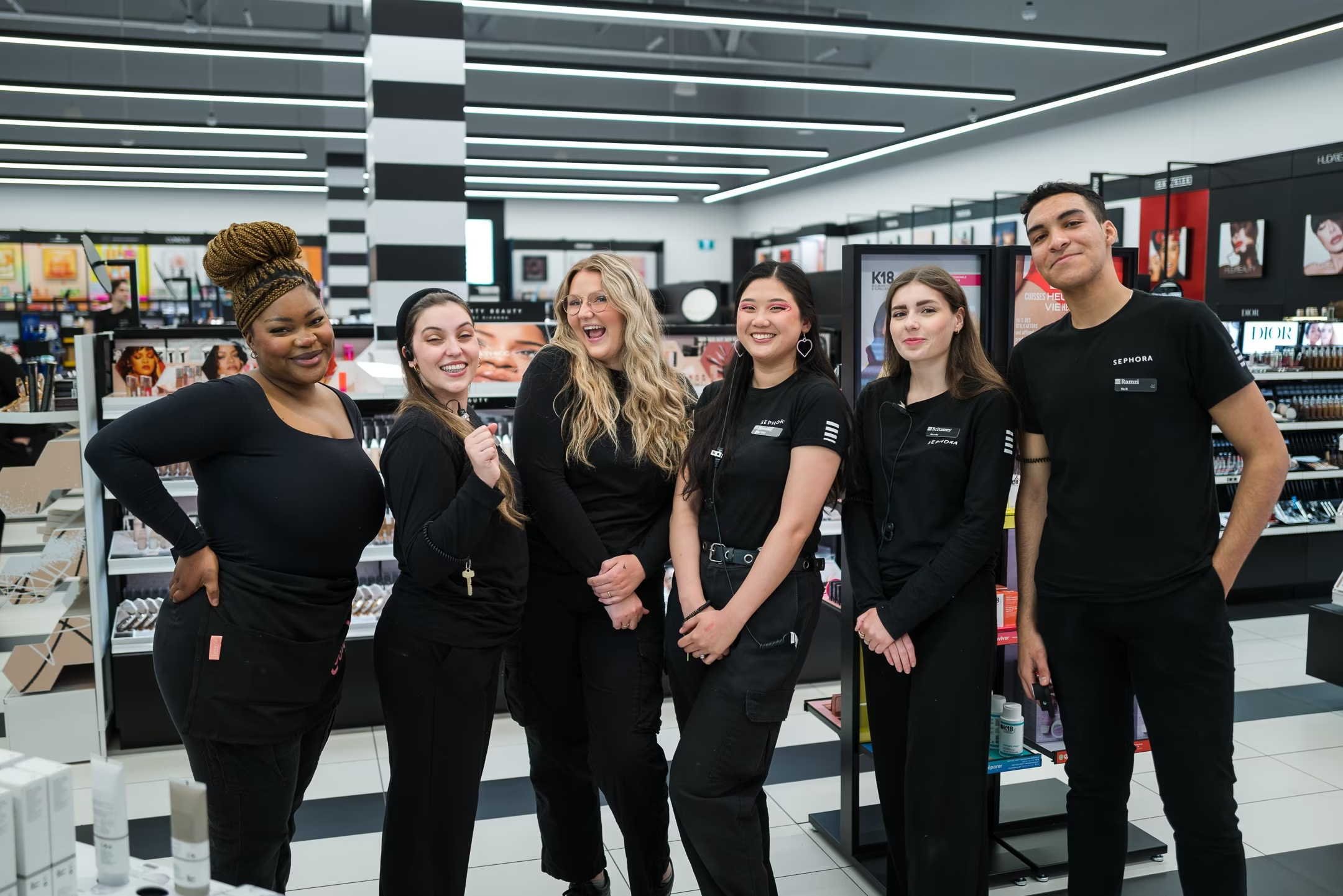
 By
Your Beauty Plug
By
Your Beauty Plug

